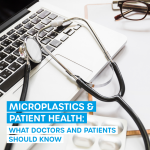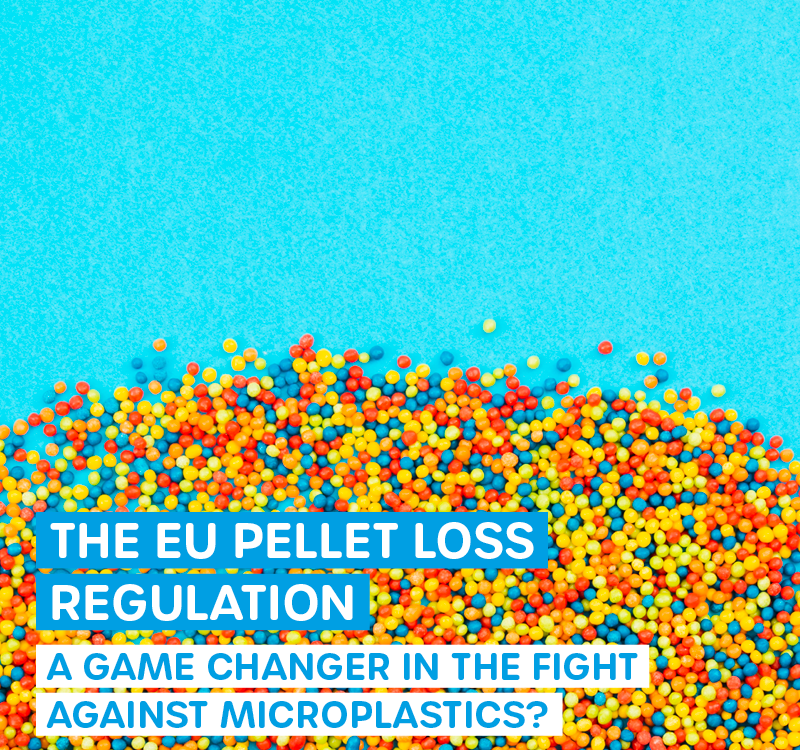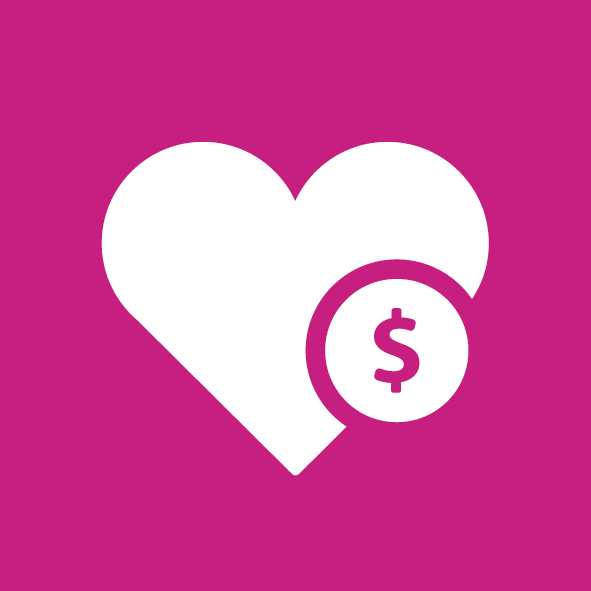
Longevity of Plastics
27. October 2025
Microplastics and Patient Health
2. November 2025From Industrial Microplastic Pollution to Economic Zero Liquid Discharge Benefits
Global microplastic pollution already causes economic losses of $3,300 to $33,000 per ton of plastic waste annually – and these are only the documented marine impacts. For industry, this means more than just environmental responsibility: it's an urgent economic challenge requiring innovative solutions. The answer lies in Zero Liquid Discharge (ZLD) technologies combined with targeted microplastic management – a strategy that transforms compliance costs into profitable investments.
The Hidden Costs of Industrial Microplastic Pollution
Industrial wastewater from plastic manufacturing or processing operations is often heavily contaminated with microplastics and exhibits high levels of oxidizable organic substances, resulting in a high chemical oxygen demand (COD). This contamination becomes a significant burden for municipal wastewater treatment plants, which are not designed for microplastic removal.
The economic consequences are dramatic: Since wastewater treatment plants cannot completely remove microplastics from wastewater, they are responsible for releasing millions of microplastic particles into the environment daily. This leads not only to rising regulatory costs but also to significant reputational risks for manufacturing companies.
The Textile Industry as a Prime Example
The textile industry exemplifies the scale of the challenge: During manufacturing and washing processes, synthetic fibers are released, leading to significant microplastic pollution, which have a high capacity for adsorbing other pollutants and thereby cause more significant environmental damage.
Zero Liquid Discharge: From Cost Factor to Profit Center
Zero Liquid Discharge (ZLD) is a water management approach that eliminates liquid waste and maximizes water use efficiency. But that's only half the truth. The real revolution lies in transforming the costs of waste into sources of profit.
The Economic Benefits of ZLD are Measurable and Significant.
- Water Savings: ZLD can reduce water consumption by up to 98% – meaning only 2 liters need to be discharged for every 100 liters of industrial processes.
- Cost Reductions: Lower waste volumes reduce the costs associated with waste disposal. On-site water recycling lowers water acquisition costs and reduces risks.
- Resource Recovery: Some organizations pursue ZLD because they can sell the produced solids or reuse them as part of their industrial process.
In this context, Wasser 3.0 positions itself as a strategic partner for industrial companies that want to not only achieve compliance but generate real competitive advantages.
Wasser 3.0 detect: Precise Cost Control Through Intelligent Monitoring
The Wasser 3.0 detect methods enable continuous, cost-effective monitoring of microplastic contamination in real-time for the first time. This creates the data foundation for:
- Proactive Process Optimization: Early detection of contamination sources reduces downstream treatment costs
- Regulatory Security: Continuous monitoring ensures compliance and avoids penalties
- Quality Assurance: Precise data enables optimal dosing and resource utilization
Wasser 3.0 remove: Proven Efficiency with Measurable Success
The Wasser 3.0 PE-X® process provides an adaptive complete solution for cost-efficient sustainability upgrade for industrial water treatment for the first time. The technology is based on green chemistry, low-tech systems, and circular economy processes.
Proven Performance Data:
- Over 95% Elimination Rate: Reproducible removal of microplastics and micropollutants
- Simultaneous COD Reduction: Concurrent reduction of chemical oxygen demand
- Lower Operating Costs: With low acquisition and operating costs, the system not only improves resulting water quality but also reduces resource utilization, waste generation, and energy demand compared to competitors
Wasser 3.0 reuse: Transformation from Waste to Valuable Material
The reuse concept closes the value creation circle: In addition to microplastic removal and COD reduction, this treatment also enables the reuse of wastewater and agglomerates, leading to a reduction in the CO2 footprint and representing a measurable and significant upgrade in terms of ecological impact.
Proven Success: Measurable Results from Industry
Case Study Plastic Processing: 3-month Pilot Trial
In 2023, we had the opportunity to test our rental model in an in-house pilot operation at a plastic processor. During a three-month pilot trial, our research and development work focused on reproducibility, impact analysis, and economic feasibility.
Measured Parameters: In each test phase, 12 samples were analyzed for six parameters: COD, total suspended solids (TSS), particle count, pH, turbidity, and filterable solids (AFS).
EU Project UPSTREAM: Systemic Transformation
Since mid-2023, Wasser 3.0 has been an active research and development partner of the EU-funded UPSTREAM project. As one of four WWTP-integrated demonstration sites, the company addresses pollution at every stage of the water system.
Project Goals: The UPSTREAM consortium will establish circular value chains that have the potential to reduce plastic waste by 50% and microplastic pollution by 30%.
The Economic Logic: Why ZLD and Microplastic Management are profitable
Regulatory Drivers Enhance ROI
With increasing legal regulations for polymers, plastics and microplastics, high costs for water, waste, energy, chemicals and plant maintenance, as well as complex pollution scenarios, companies face the challenge of realigning their environmental, waste, and resource management.
Start-of-Pipe Approach: More Efficient and Cost-Effective
Targeted removal from upstream point sources such as industrial wastewater is therefore essential. Our start-of-pipe approach (at the source of wastewater contamination) is more effective, more cost-efficient, and ensures that the polluter bears the costs rather than the public.
Measurable Environmental and Economic Benefits
Environmental Protection: ZLD prevents harmful pollutants from entering natural water bodies and helps minimize water and air pollution.
Resource Conservation: ZLD systems contribute to conserving land resources and improving energy efficiency in industrial processes.
Cost Optimization: By managing a ZLD plant in-house, companies can reduce disposal costs, increase water reuse, and reduce greenhouse gas emissions from external transport.
Future Outlook: Integration as Success Factor
The removal of microplastics from wastewater is technically feasible and cost-effective. This creates the foundation for extending government regulation to microplastics in wastewater treatment plants. Policy targeting companies using microplastics in their products is necessary to ultimately solve the problem. Here we position ourselves as a partner for the entire value chain.
Conclusion: The Economic Transformation of Industrial Water Management
The combination of microplastic management and Zero Liquid Discharge is more than a technological necessity – it's a strategic investment in the future of industrial water management. Our Wasser 3.0 detect | remove | reuse strategytransforms compliance costs into competitive advantages through:
- Over 95% elimination rates for microplastics and micropollutants
- Up to 98% water savings through intelligent recirculation
- 60% cost reduction in ZLD implementation through MLD pre-treatment
- Value creation from residual materials through innovative recycling concepts
The era of passive wastewater treatment is over. The future belongs to active, intelligent systems that turn industrial challenges into profitable solutions. We show the way to water management where sustainability and profitability go hand in hand.






